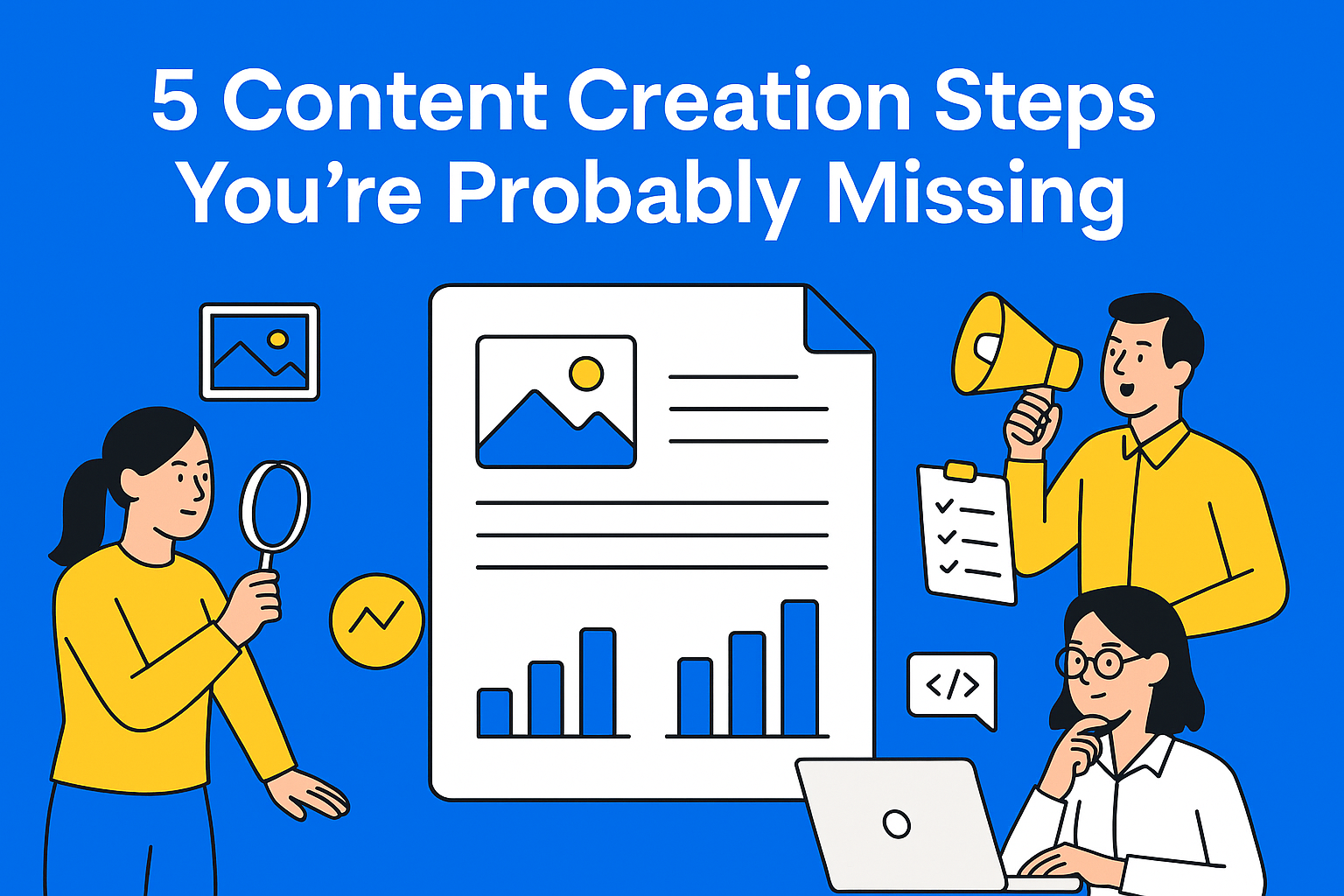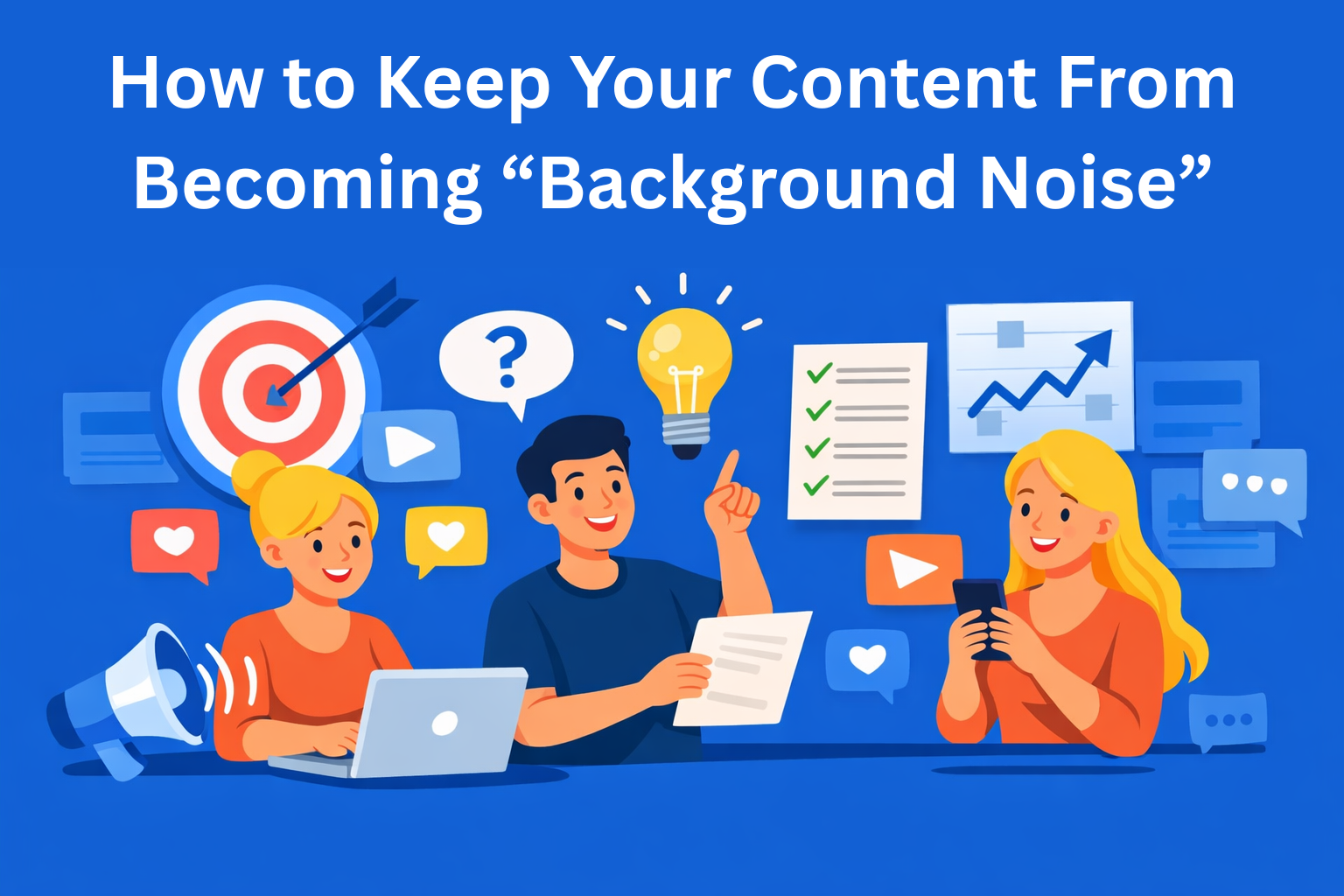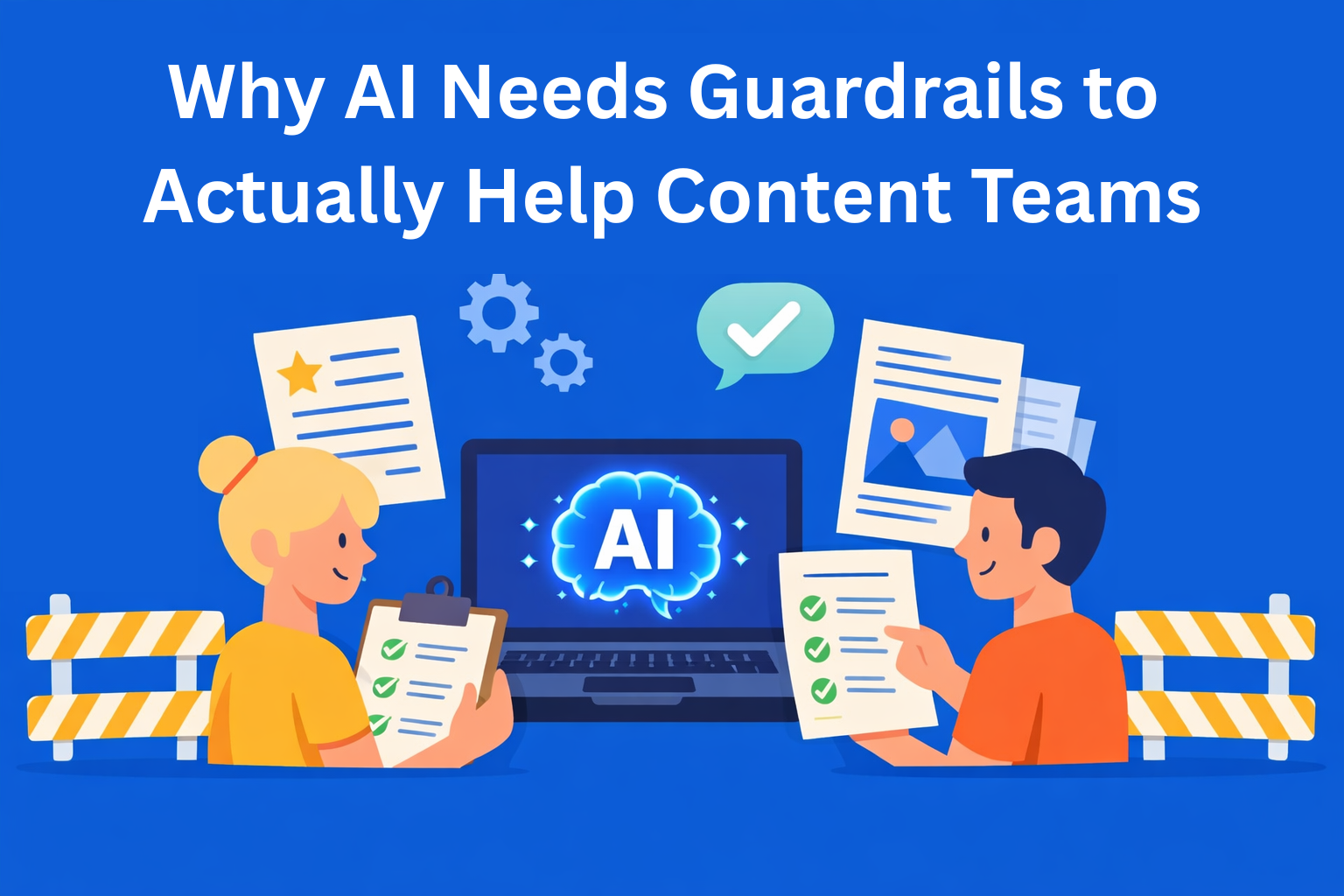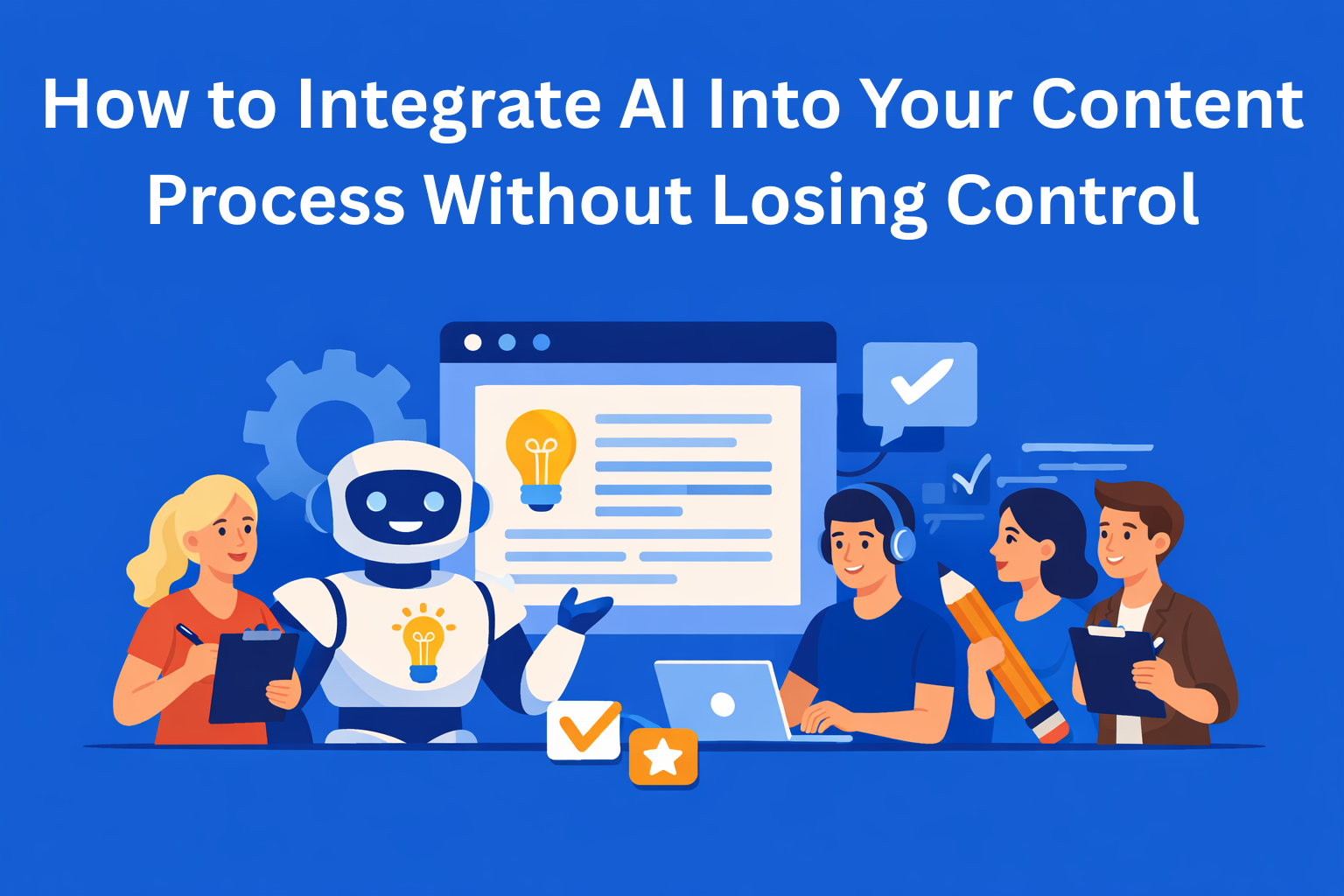5 Frequently Overlooked Steps in the Content Creation Process
Many content teams overlook key steps that impact visibility, SEO, and engagement. Discover 5 critical, but often missed parts of the content creation process and how platforms like EasyContent help streamline them.

When people talk about content creation, most immediately think of writing blog posts, publishing them, and maybe doing a bit of SEO. But if you're leading a content team or managing strategy for your company, you know it’s a lot more complex.
What often slips through the cracks - even for seasoned content managers - are the "small" steps that don’t look flashy but massively impact how content performs. In this post, we’ll cover 5 of the most commonly skipped, yet absolutely critical, steps in the content creation process.
Key Takeaways
- Know your audience - Skipping audience research leads to off-target messaging and wasted effort.
- Start SEO early - Treat SEO as a strategy input, not an afterthought. Keywords and search intent should shape your content plan.
- Plan your distribution - Publishing is only half the job. Have a multichannel distribution and repurposing plan ready.
- Don’t ignore visuals - Visuals increase engagement and reinforce your message. Plan them from the start, not after the fact.
- Measure after publishing - Without performance tracking, you can't improve. Monitor engagement, SEO, and conversions to close the loop.
1. Weak or No Audience Research
Let’s start with the basics: who are you creating content for?
If your team doesn’t know exactly who the audience is, your content might completely miss the mark. Creating content without audience insight is like telling a story in an empty room.
What happens when you skip this step?
- You use language your readers don’t understand
- You miss their real pain points
- You ignore their level of knowledge
Tools like Google Analytics, Hotjar, or even a simple newsletter survey can provide valuable insights. But even skimming through comments on previous posts can reveal a lot.
EasyContent helps here by allowing you to create briefs with clearly defined target audiences and goals for each content item. That way, your writers have direction from the very beginning.
2. Ignoring SEO at the Planning Stage
SEO isn’t an afterthought you tack on once a post is done. It’s part of the foundation.
Many teams write content first and only then start asking: Which keywords should we add? This leads to awkward copy and poor search rankings.
Instead, define your keywords right at the planning stage. Think about:
- Primary and secondary keywords
- Search intent (informational, transactional, navigational...)
- Metadata (titles, descriptions)
With EasyContent, you can add SEO fields like meta title, meta description, and target keywords directly in your briefs and templates. This keeps SEO front and center from the start.
3. No Clear Distribution Strategy
A great article means nothing if no one sees it.
Too often, content is published and maybe shared once on LinkedIn, then left to fade into digital oblivion. But strong content distribution is what transforms a good piece into a high-performing one.
Your distribution plan should include:
- Channels (social media, email, partnerships, paid promos...)
- Best time to post
- How to repurpose the content (e.g., blog to carousel post, newsletter snippet, short video)
EasyContent helps with this through its built-in content calendar, letting you visually schedule deadlines and publish dates. You can also add custom events to plan where and how content will be distributed.
4. Visual Elements as an Afterthought
Content isn't just text. Visuals stop the scroll and keep readers engaged. Still, many teams toss in images and charts at the last minute like an afterthought.
This often leads to:
- Poor-quality visuals
- Off-brand designs
- Missing alt text for SEO
Visuals should be part of the content brief from day one. Inside EasyContent, you can add required fields for images, infographics, and design guidelines in your templates. This ensures both writers and designers know what’s expected upfront.
5. Not Measuring Performance Post-Publish
Hitting "publish" isn’t the end - it’s just the beginning.
If you’re not tracking how your content performs, how will you know what’s working? Many teams stop here: publish post, share link, move on.
You should be monitoring:
- Engagement metrics (time on page, bounce rate, CTR...)
- SEO results (rankings, backlinks)
- Conversions (newsletter signups, demo requests...)
While EasyContent doesn’t do analytics directly, it provides customizable dashboards and reporting to track team productivity and workflow efficiency. You can also log feedback and revisions with change tracking to help evaluate what worked and what didn’t.
Conclusion: Small Steps, Big Results
Creating content isn’t rocket science, but it is a system. And like any good system, it depends on following every step - even the ones that seem minor.
Next time you plan your content calendar, ask yourself:
- Do we know exactly who we’re writing for?
- Is SEO baked in from the start?
- Do we have a real distribution strategy?
- Are our visuals planned, not patched on?
- What happens after we click "publish"?
If you answered "no" or "hmm, not really" to any of those, there’s room to improve.






